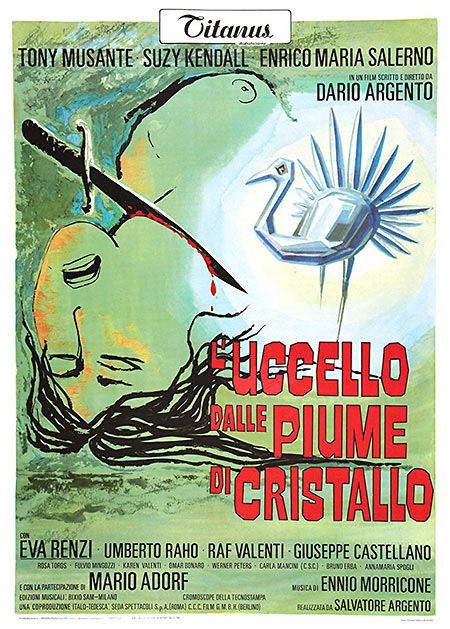 And just in time for Halloween…
And just in time for Halloween…
Directed by: Dario Argento
Writer: Dario Argento
Cast: Tony Musante, Suzy Kendall, Mario Adorf, Enrico Maria Salerno, Eva Renzi, Umberto Raho, Dario Argento…Murderer’s Hands (uncredited)
Music: Ennio Morricone
Cinematography: Vittorio Storaro
The Bird with the Crystal Plumage
By Walt Mundkowsky
Dario Argento’s debut feature, The Bird with the Crystal Plumage (UM Film Distributors), is assured, inventive, put together with a self-renewing energy and glee. No explanation is necessary and none should be permitted.
An overhead shot — the screen is almost completely black, the only exception a small desk lamp illuminating a typewriter in use. It clatters slowly and softly; we cannot see the typist. White titles flash abruptly on and off the screen. Closer, over the typist’s shoulder; he wears black leather gloves. He pulls the paper out of the machine and we can read it: “Sandra Roversi, age 18,” and the plans for abducting her. The camera tracks along with the target — delicate, almost bony face, dark hair cut boyishly short — and tilts down to observe her plaid miniskirt and knee-high boots. The whirr and click of a delayed-action shutter, and the shot freezes into a still seen in a viewfinder. Others follow: the girl’s face framed dead center in the picture, then from farther away she is caught on the extreme right side of the frame. In telephoto long shot she crosses the street to wait for a bus, and as she is about to climb on, motion is horribly arrested. The killer brings out a drawer full of cutlery and selects a long, gleaming butcher knife. Gloved hands examine black-and-white blow-ups of the victim, and a large red “3” is marked on the top photo. He slips the weapon inside his shiny leather coat and replaces the drawer. The desk lamp is switched off: total darkness and a scream.
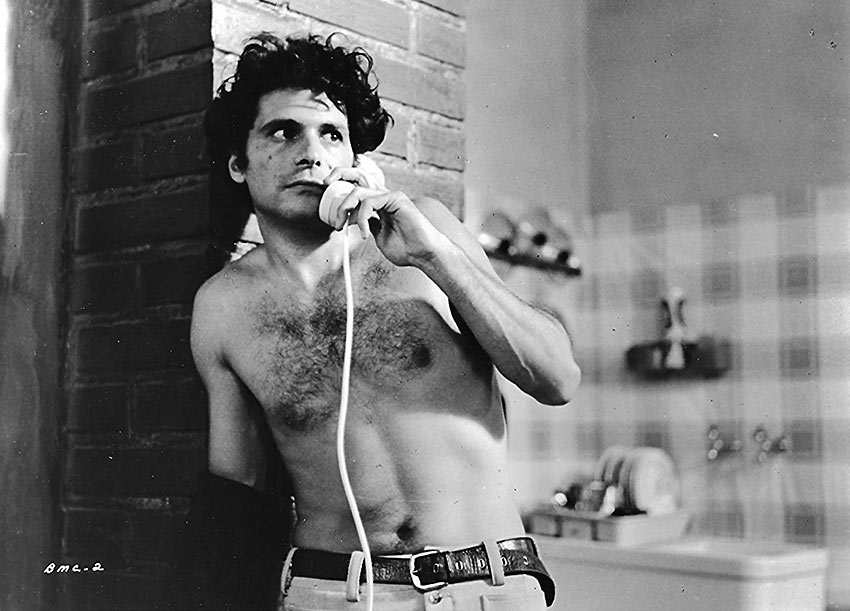
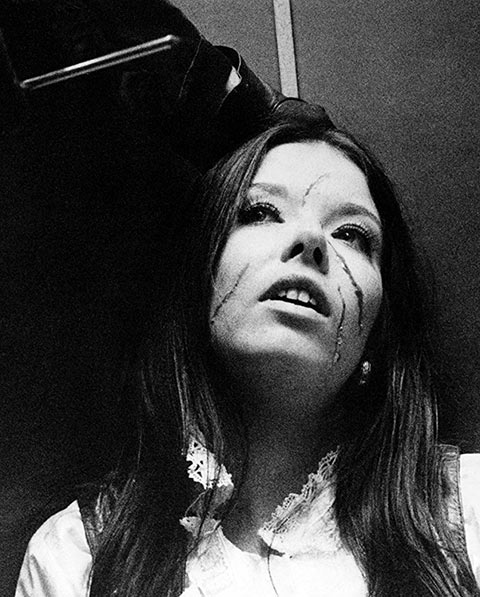 Shortly after the opening Argento ups the ante. Sam Dalmas, an American writer living in Rome who has sunk to doing a manual on the preservation of rare birds, is walking home; from across the street he sees two figures struggling on the mezzanine of an art gallery. He strays out into the street to get a closer look — and is nearly run over by a passing car. They are fighting for a knife; the woman (Eva Renzi) is stabbed and staggers down the staircase, while the attacker flees through a side door. Sam rushes to the glass door across the front of the building and the assailant closes the outer door, sealing him in the entry to the gallery. Frantic, he tries to hail another car driving past the gallery but fails. Inside, the girl is crawling towards Sam (superbly conveyed with ground-level setups); she lifts herself up for a moment and we see the blood soaking her clothes. He calls to her, “How do I open the door? I can’t get in” — but she cannot hear him through the glass. A hawk-nosed onlooker appears at the door behind Sam and understands the message — “Call. The. Police.” The girl’s sobs fade as she blacks out, and Sam sits down to await the police.
Shortly after the opening Argento ups the ante. Sam Dalmas, an American writer living in Rome who has sunk to doing a manual on the preservation of rare birds, is walking home; from across the street he sees two figures struggling on the mezzanine of an art gallery. He strays out into the street to get a closer look — and is nearly run over by a passing car. They are fighting for a knife; the woman (Eva Renzi) is stabbed and staggers down the staircase, while the attacker flees through a side door. Sam rushes to the glass door across the front of the building and the assailant closes the outer door, sealing him in the entry to the gallery. Frantic, he tries to hail another car driving past the gallery but fails. Inside, the girl is crawling towards Sam (superbly conveyed with ground-level setups); she lifts herself up for a moment and we see the blood soaking her clothes. He calls to her, “How do I open the door? I can’t get in” — but she cannot hear him through the glass. A hawk-nosed onlooker appears at the door behind Sam and understands the message — “Call. The. Police.” The girl’s sobs fade as she blacks out, and Sam sits down to await the police.
That précis cannot do the scene justice. The décor of the gallery is stark: severe lighting, grotesque black sculptures, white interiors. The attacker wears a black hat and coat, while his victim’s white jumpsuit bares her back and shoulders. The horror is in the situation — being so close and yet unable to offer assistance. Some of the cuts are dramatic, but they never jolt with unwarranted movement. The scene contains the key to the mystery. Sam replays it in his mind continually, in flashbacks pointed and valid. He is in bed with Julia (Suzy Kendall), his fashion-model mistress, and three times he returns to the girl reaching her blood-smeared hand out to him. The first lasts only a fraction of a second, the next two are progressively longer. Motion is rapidly frozen and unfrozen, which distorts time and heightens the sense of activity, of life. Several of these flashes begin as blurs slowly brought into focus. The original scene is presented mostly from Sam’s point of view; the flashbacks show the details as he remembers them, in disordered fashion, but the movie does not cheat: All the relevant information is there from the start. The central base without which the film won’t work — Sam’s obsession — is established so that we not only comprehend but share in it.
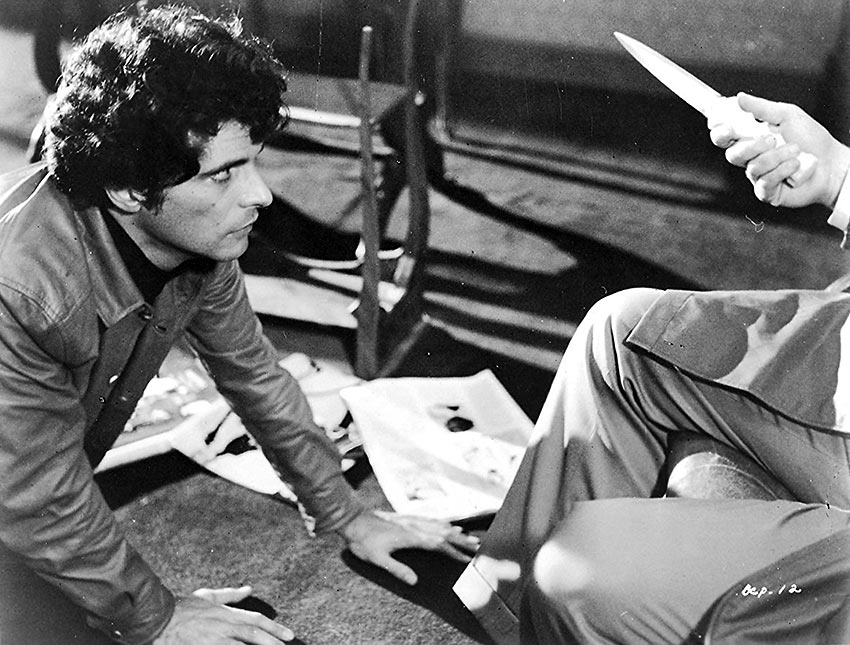
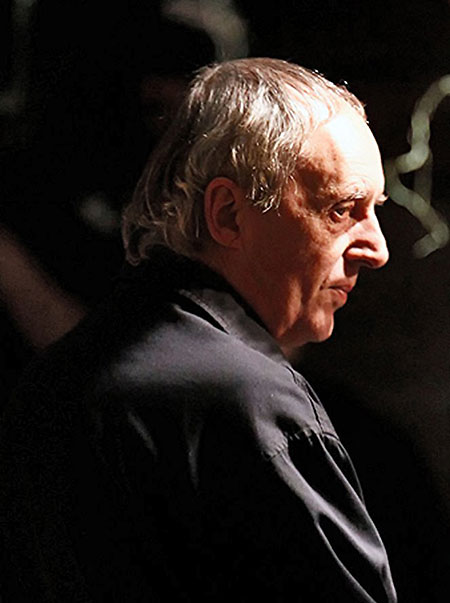
Argento has a secure feeling for pace, and events are carried aloft by a mass of precise, often witty physical detail. The police have their Honeywell computers, oscilloscopes and tape recorders; their labs are brightly lit and immaculate, peopled with buoyant (“Now look at this, here. It was our most exciting discovery”), smug (“You see, every human voice, no matter how well it’s disguised, has a distinctive pattern of harmonic intensities in the vowel sounds”) technicians. Sam’s flat is on the top floor of a derelict building about to be condemned. An Einstein poster watches his bed. The camera style is baroque — a great fascination for panes of glass, stairways, doors, surfaces of all kinds. Scarcely anything is glimpsed straight on. This is not burdensome, but bends the horror / suspense conventions combined with texture of unusual depth. As Julia reads the newspaper clippings of the murders to Sam, Argento cuts in a series of monotone enlargements of each corpse as it was found. When she gets to the third — “That was a student” — we see the girl from the credits: her eyes and mouth opened wide, throat hideously slashed. The murder is the most abstract, and easily the most troubling. The killings we see are highly stylized, both graphic and perverse, and well-placed within the story. As if this were not enough, I must mention Argento’s keen touch for the camera movement that clinches a scene — for instance, the little arcs the camera makes following Inspector Morosini as he walks around his desk while questioning Sam.
The script (by Argento) is neatly constructed — the movie seems to end four times — and has many surprises. Its best feature is the procession of bizarre minor characters: a policeman with a profile like that on an old Roman coin; the gay owner of an antique shop, bald and fat (“It was said that she preferred women. I couldn’t care less. I’m no racist!”); a jailed pimp with a crippling stammer whose name is (inevitably) Garullo; an informer who contradicts each statement he makes with the next (“Uh, when will I hear from you?” Sam asks. “Never! Maybe tomorrow morning”); a painter who lives off the cats he is able to catch and fatten up. Most psycho-killer films want to explain their monsters, but Argento places the TV interview (“… evident paranoiac tendencies … severe trauma … disturbance remained dormant for ten years … to the point of being … psychotic”) over amusing, snappily edited shots of jets turning around and taxiing down the runway, heat-wavy backgrounds and all. We are leaving. To the friend who touted Italy for its peace and tranquility, “May he roast in hell.”
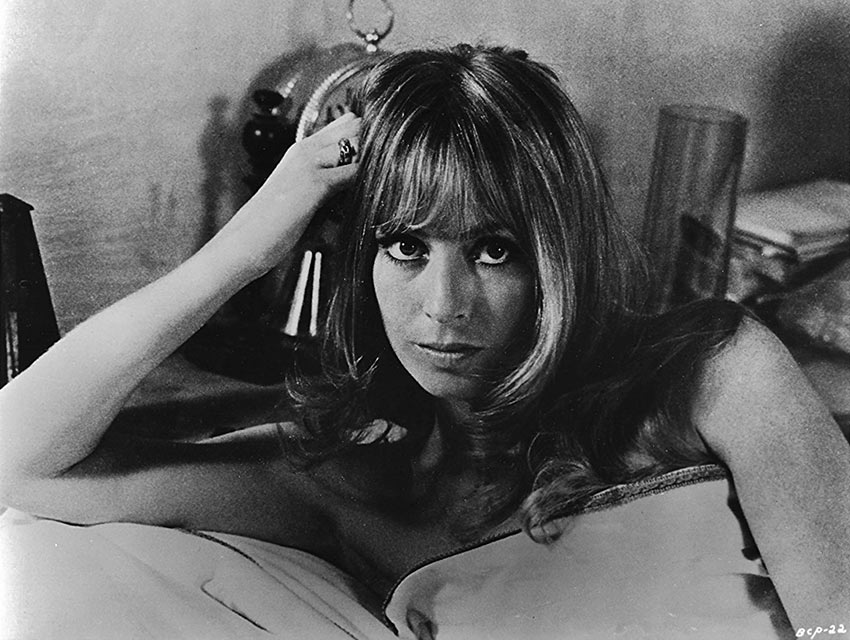
The cast is decent. Tony Musante’s high-energy Sam Dalmas is generally credible if not very interesting. Julia is Suzy Kendall, a Julie Christie type with a look more refined and less arresting than the original. She can express terror (as in The Penthouse), so the scene where the killer tries to breach a thick door to assault her comes off impressively. Perhaps the mussed-up hair helps. You might recall Eva Renzi as Samantha Steel, the Israeli secret agent in Funeral in Berlin. Argento has used her special feline grace very handily; she does some affecting work, quiet and insolent. Enrico Maria Salerno is solid as the no-nonsense, purse-mouthed inspector. As a possible suspect, Umberto Raho is a dead ringer for Antonioni. Likely an admiring reference, as Argento locates the menace in modern architecture for his own purposes. The gruff, lofty painter of Mario Adorf (Major Dundee) is a treat. Attempting to saddle Dalmas with a dusty canvas, he announces, “Early Consalvi — very rare.”
With this technical polish and firm sense of line, it came as a surprise that The Bird with the Crystal Plumage is Dario Argento’s first film, but his father Salvatore is a well-known producer. Vittorio Storaro extracts the maximum from the Techniscope format. The many stunning shots (I have cited only a few) seem anything but isolated cleverness; a coherent strategy and a definite visual style are apparent. Why Ennio Morricone’s thriller scores receive less attention than his Westerns baffles me. Here the non-blend of conflicting elements is unsettling — blaring trumpets, choral sighs, electronic hums and whines, eerie shivering, tingling sounds that collide … gently.
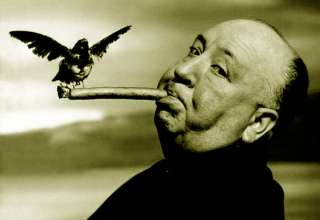

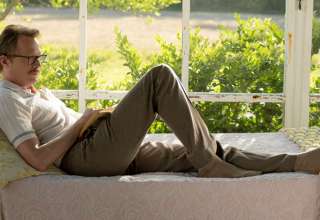
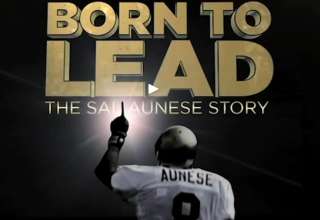

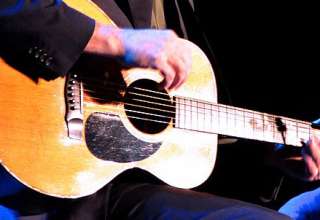
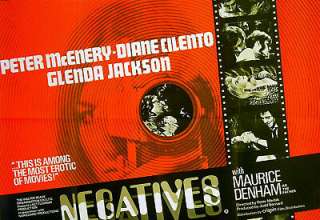
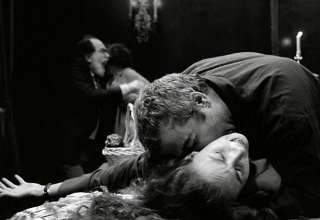
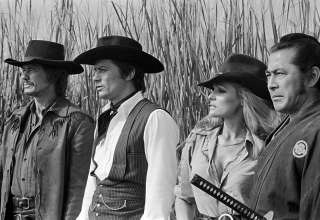
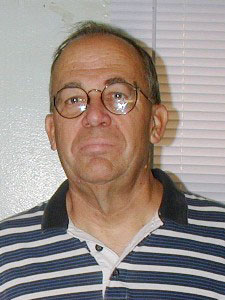 Walt Mundkowsky was born 1944 in San Antonio, TX. In his teens he had a dachshund named for German composer Hugo Wolf. Extensive writings on film (1968-72 freelance, a “Cinema Obscura” column in Home Theater, 1995-2001). He favors the mine-shaft approach — in-depth exploration of tiny, unrelated areas. Now a resident of Koreatown in L.A., he has lived in basements in Denver, London and Stockholm, and may very well do so again.
Walt Mundkowsky was born 1944 in San Antonio, TX. In his teens he had a dachshund named for German composer Hugo Wolf. Extensive writings on film (1968-72 freelance, a “Cinema Obscura” column in Home Theater, 1995-2001). He favors the mine-shaft approach — in-depth exploration of tiny, unrelated areas. Now a resident of Koreatown in L.A., he has lived in basements in Denver, London and Stockholm, and may very well do so again.












